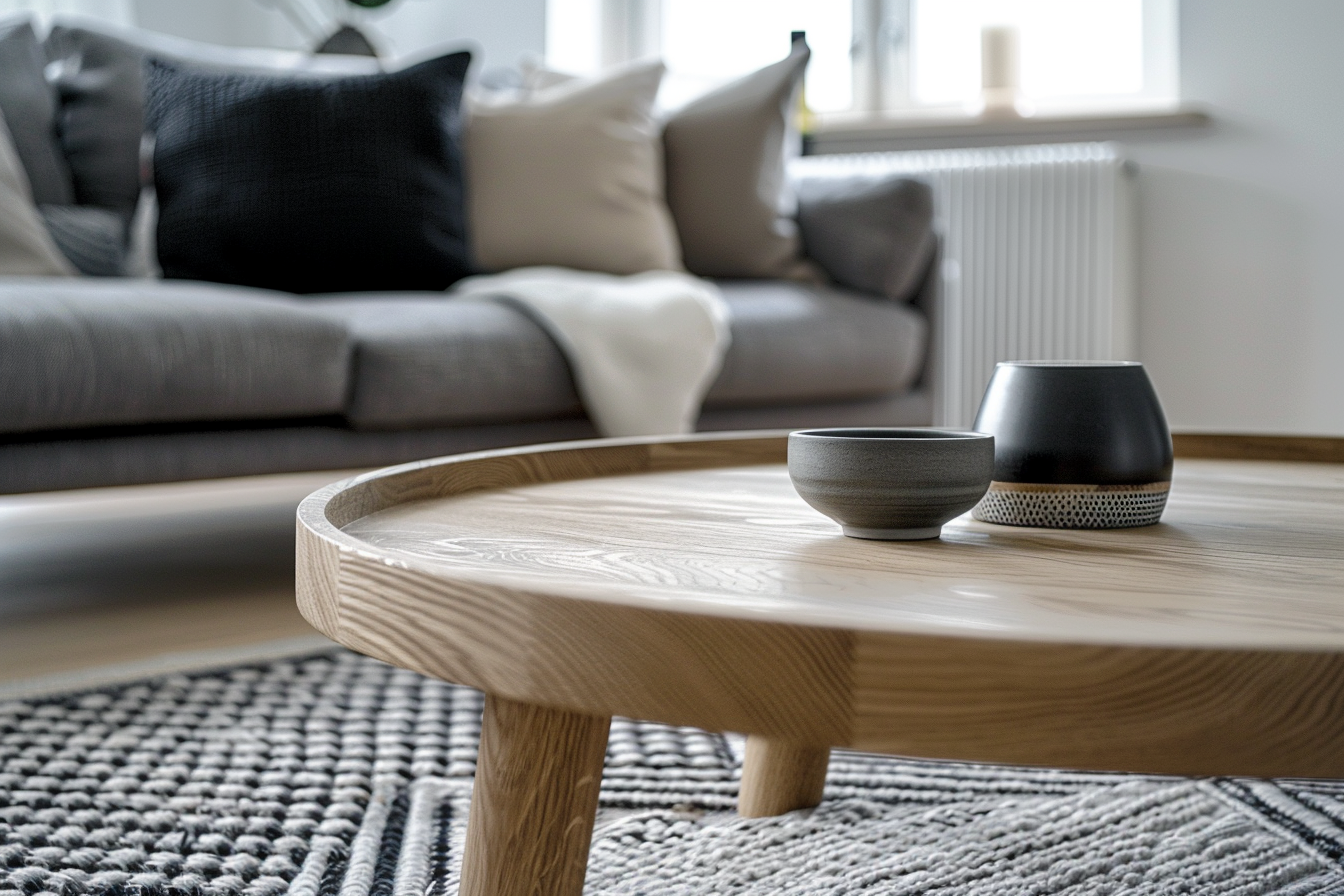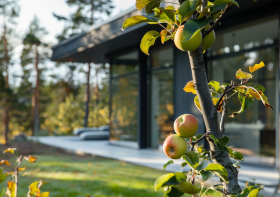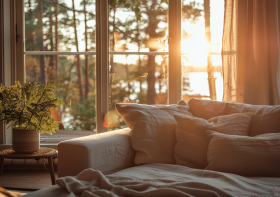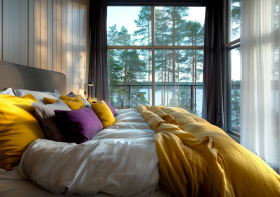Scandinavian Design: Embracing Simplicity, Utility, and Beauty
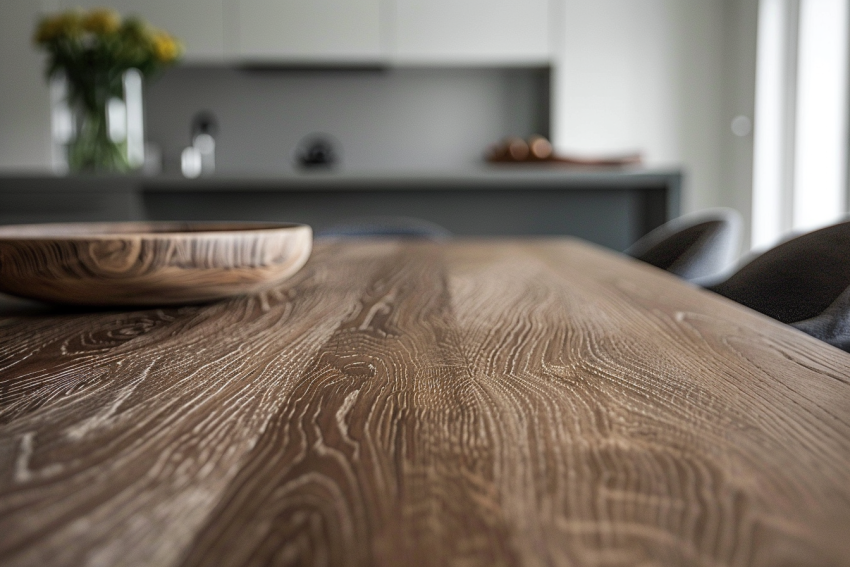
Welcome to the serene world of Scandinavian interior design, where simplicity, functionality, and a connection to nature reign supreme. This design philosophy, rooted in the Nordic countries, has become a global phenomenon, beloved for its minimalistic yet cozy approach to living spaces. In this blog post, we delve into the essence of Scandinavian design and how to infuse its calm, collected vibe into your own home.
The Fundamentals of Scandinavian Design
The heart of Scandinavian design lies in its adherence to the principles of modernism – clean lines, a neutral color palette, and an emphasis on function. However, it sets itself apart with its warm and inviting atmosphere, making it a favored choice for those seeking a tranquil retreat from the hustle and bustle of daily life.
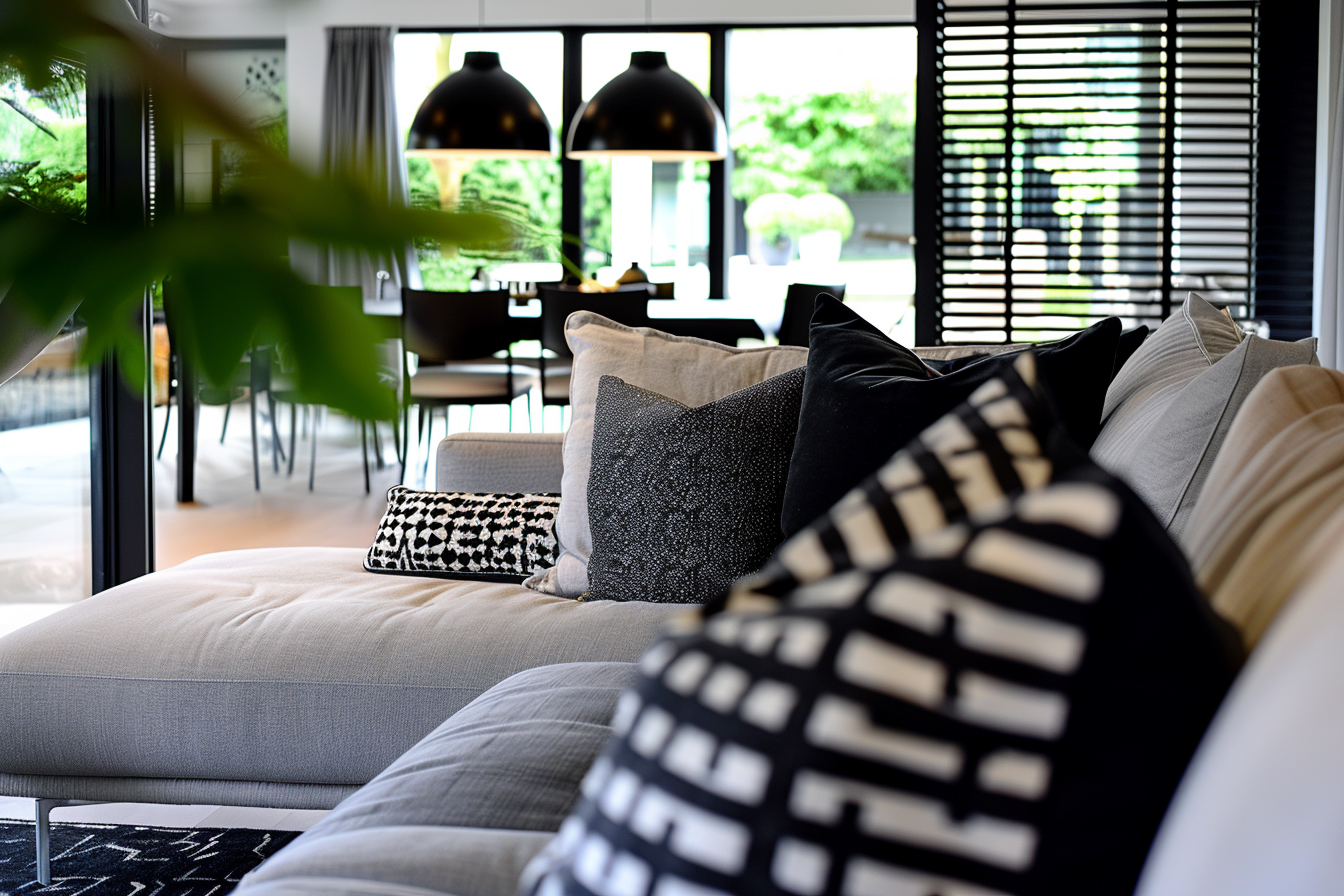
1. Color Palette: Neutral and Soothing Scandinavian interiors often feature a base of cool whites and soft grays, reflecting the region’s snowy landscapes and cloudy skies. Accents are drawn from a palette of earthy tones and muted colors, which serve to add warmth without overwhelming the senses. The goal is to create a light and airy space that feels both open and homely.
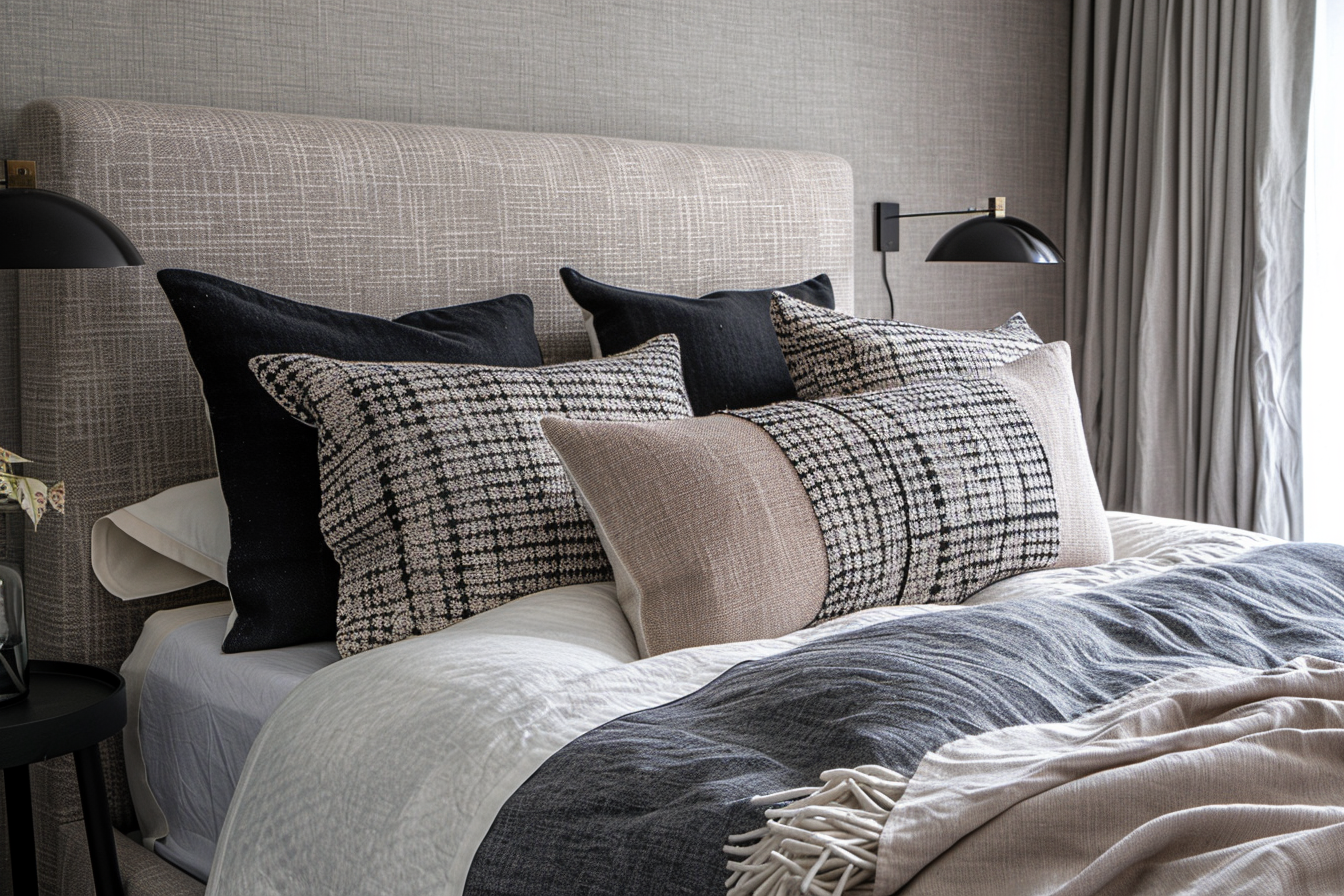
2. Natural Light: A Vital Ingredient Given the long, dark winters of the North, maximizing natural light is essential in Scandinavian design. Large windows, unobtrusive window treatments, and reflective surfaces help to brighten up spaces. The use of light is not just functional but also symbolic, bringing a sense of the outdoors into the heart of the home.
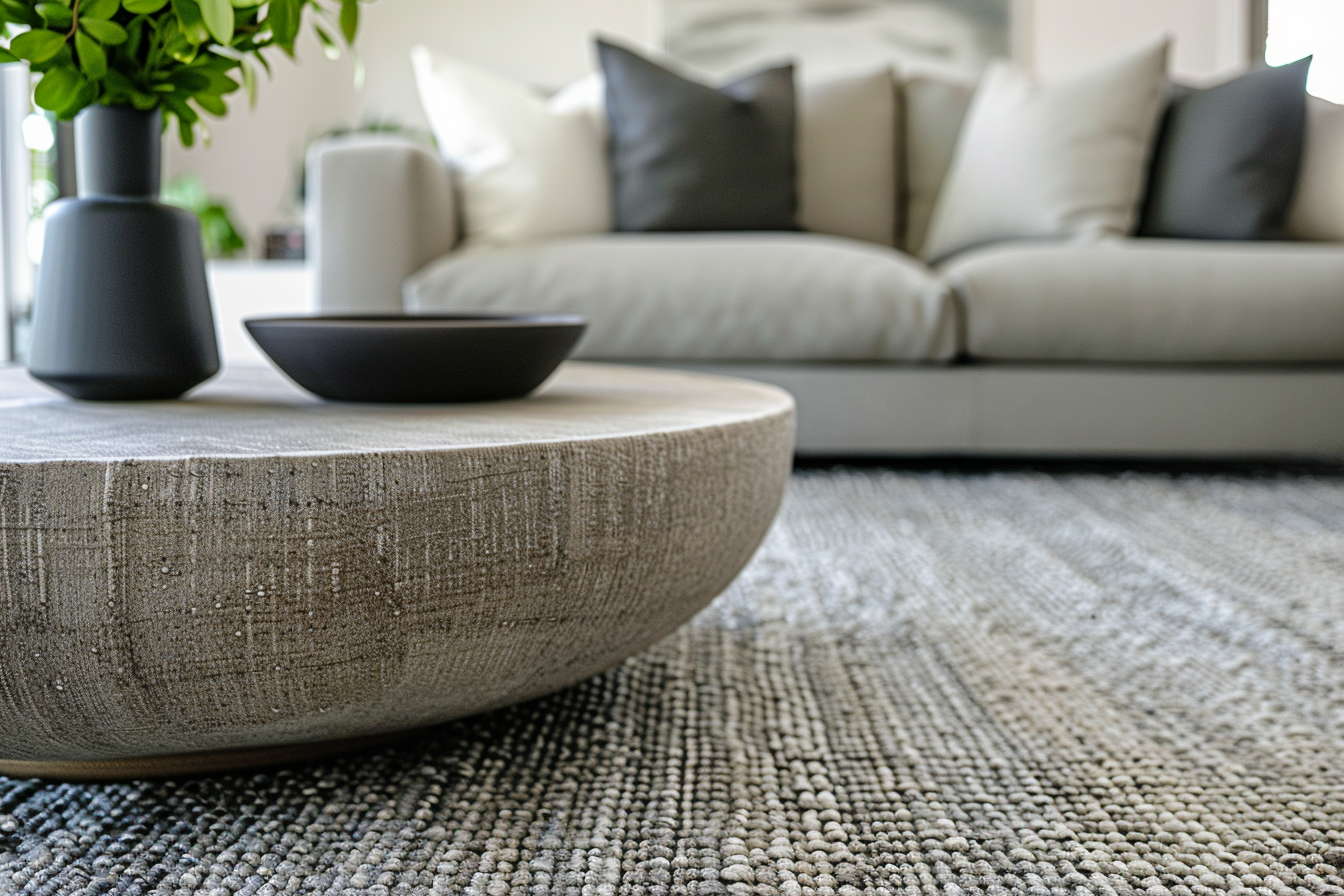
3. Materials: Wood and Textiles Wood, particularly pine, oak, and birch, is the material of choice, often left in its natural state or painted white to enhance the sense of space and purity. Fabrics tend to be natural and textural, such as wool, mohair, and linen, contributing to the overall sense of comfort and warmth.
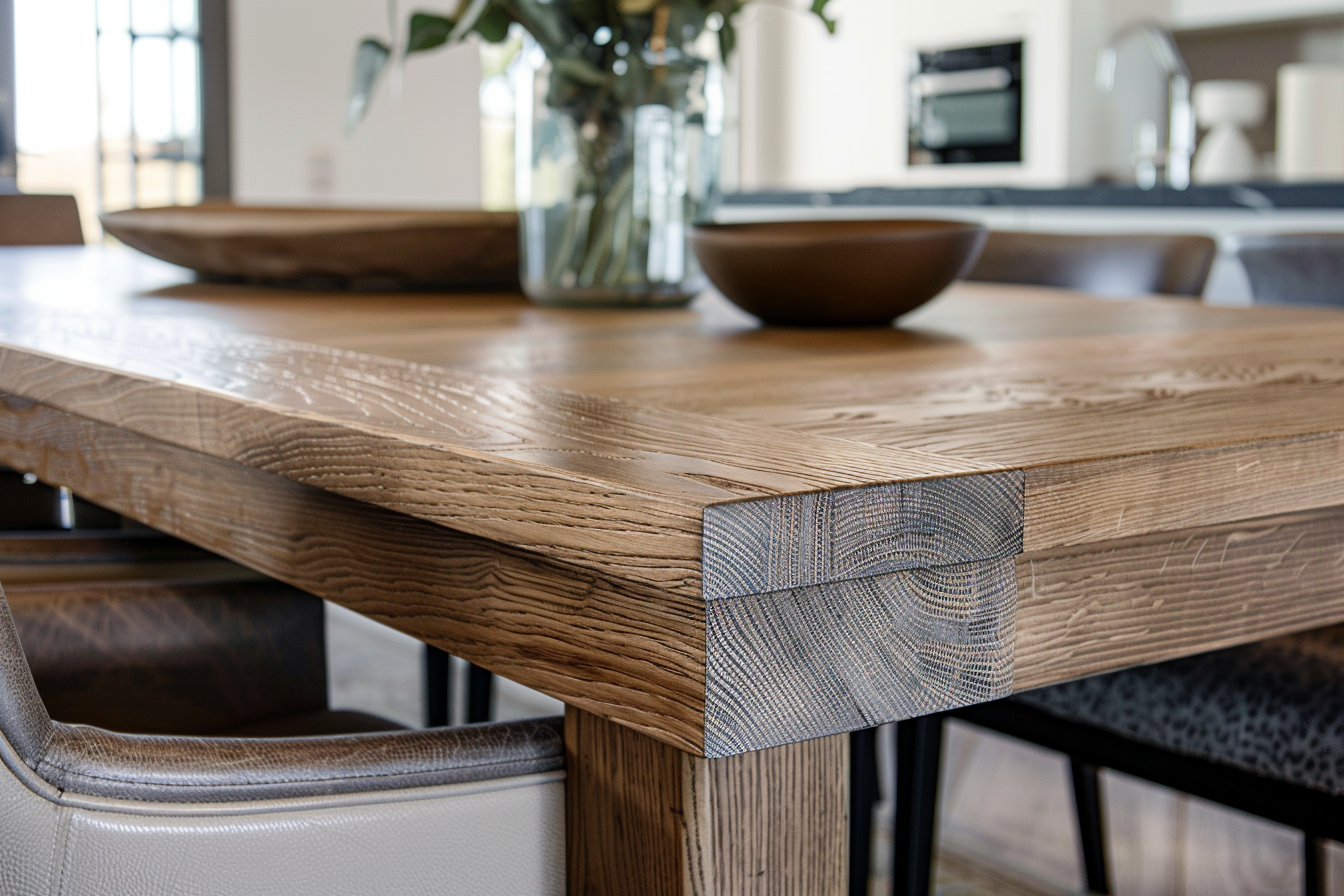
4. Functionality: The Cornerstone of Design Every piece in a Scandinavian-style home is there for a reason. Storage is smart and stylish, designed to minimize clutter and maintain a clean aesthetic. Furniture pieces are often multifunctional, providing smart solutions for compact living without sacrificing beauty.
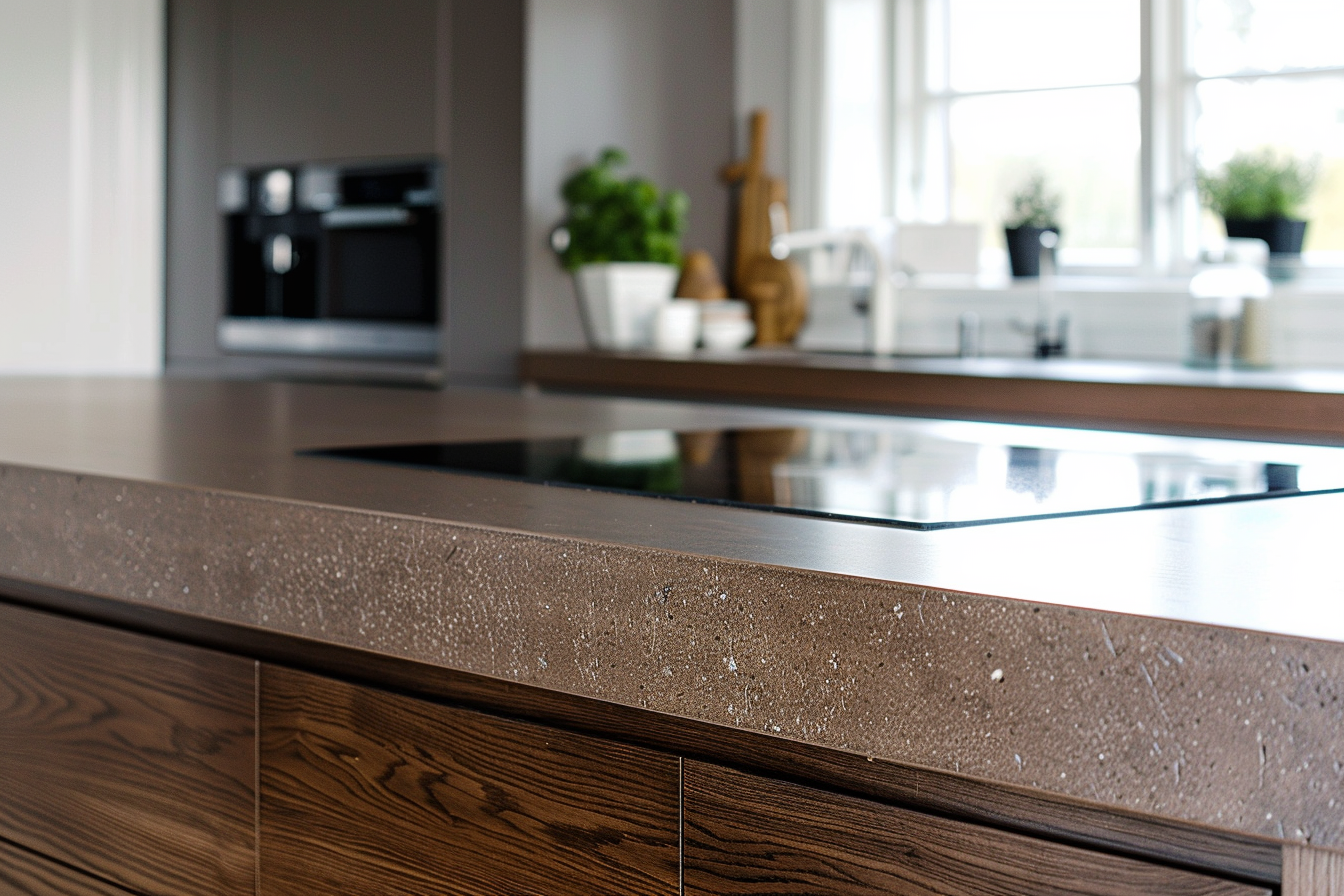
5. Accents: Art and Nature Artworks in Scandinavian design are often abstract, with simple forms and subdued colors. Plants and natural elements are another staple, bringing life and a touch of the organic to the interiors. Handmade ceramics, textured glass, and simple metallics are also common accents, adding personality and a hint of shine.
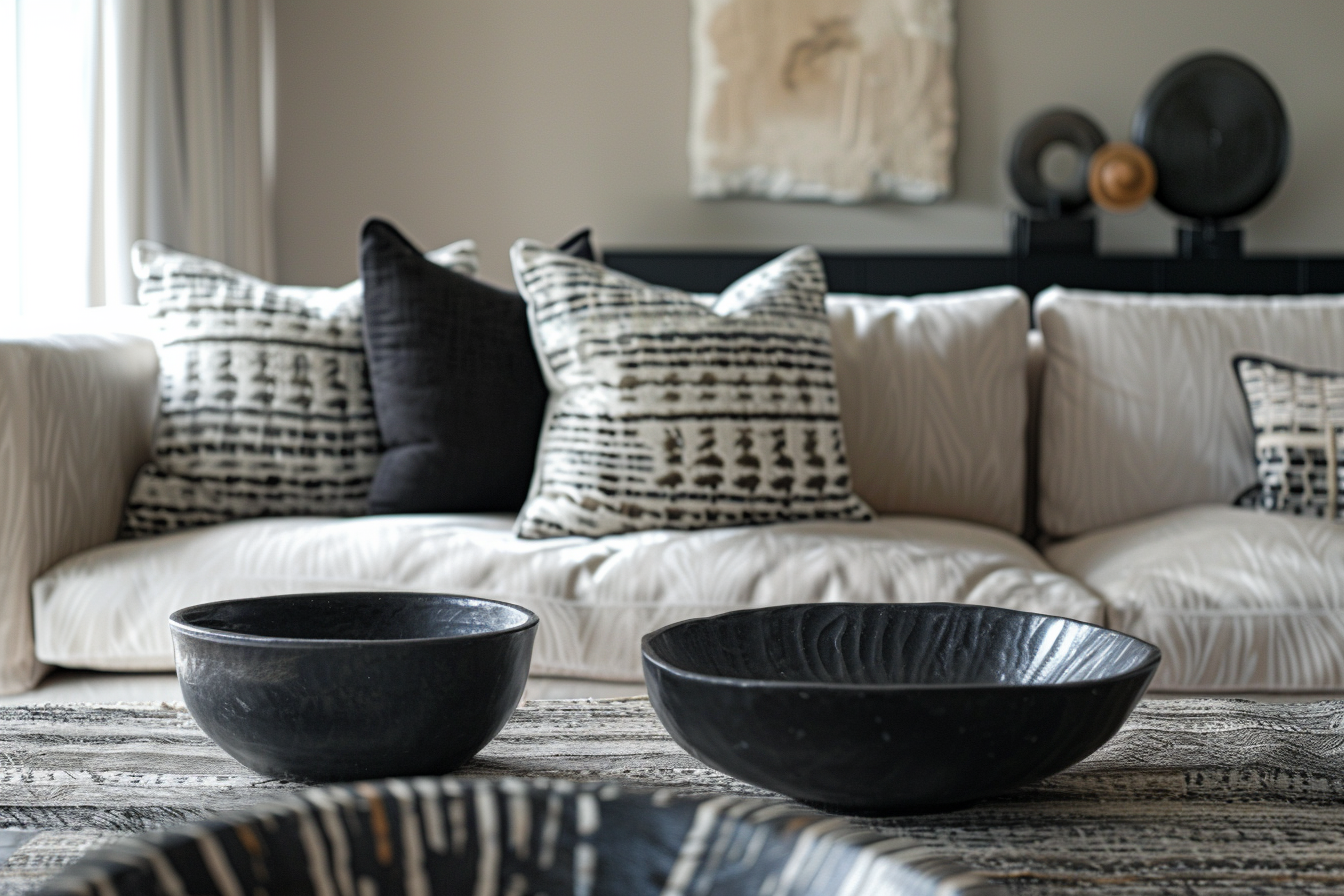
Incorporating Scandinavian Style into Your Home
To bring a slice of Scandinavia into your dwelling, start by decluttering and opting for quality over quantity. Choose furnishings that are both functional and beautiful, with clean lines and natural materials. Incorporate plenty of texture to keep spaces from feeling too sterile, and don’t shy away from using black as a contrasting element to ground your designs.
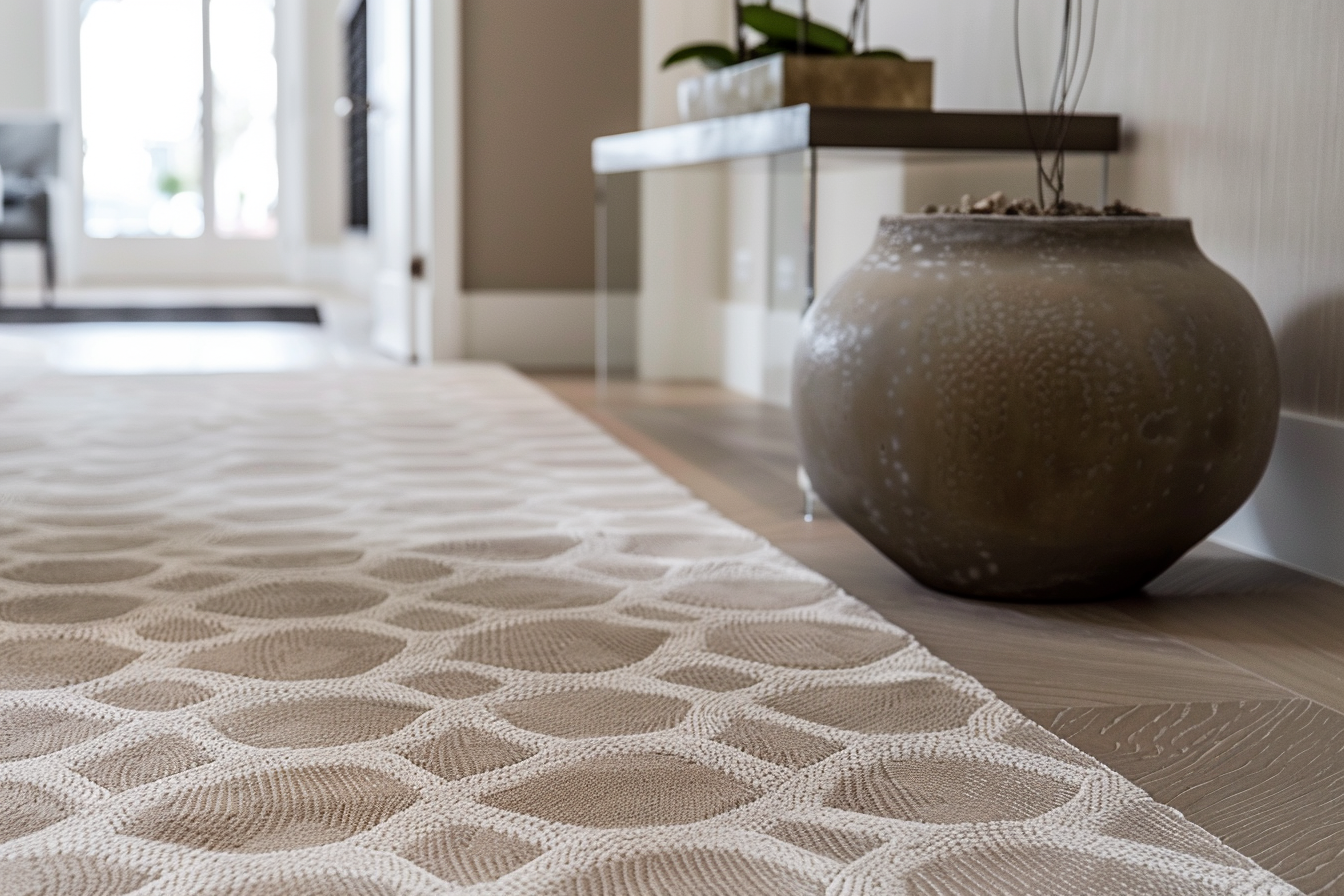
To deepen your understanding of crafting unique and personalized spaces, consider acquiring my book, Basics of interior design, available on Amazon. This guide offers a comprehensive exploration of various design principles tailored to distinct environments, providing you with the knowledge and inspiration needed to transform any space. If you want to learn more about different design styles in Interior design, buy my book 20 styles of Interior design from Amazon.
